How to teach an autistic child to ride a bike with Kidvelo
This is where the Kidvelo Rookie range comes in. Starting at 14 inches and going all the way up to 24 inches, the Rookie is a convertible 2-in-1 balance bike that transforms into a pedal bike when your child is ready for the next step.
They help kids learn to balance first before moving onto pedalling, through a series of natural progressive steps, all on one bike. This method works brilliantly with children who don’t like change. They’re an absolute game changer for parents of autistic children and can accommodate kids up to the age of 8.
What’s more, unlike heavy bikes with stabilisers or trikes, the convertible 2-in-1 Rookie helps children to learn and improve their skills without realising it. They are simply having fun riding on two wheels from the start. Whether using their feet or pedals to propel the bike, their confidence increases and their gross motor skills improve. It’s much easier to entertain a child outside if they’re doing something that they enjoy.
For autistic and neurodiverse children who don’t like change, using the same bike to learn to balance, control brakes and speed, and then to pedal, allows for progressive learning in manageable little steps. Once the pedal-kit is fitted, all they need to learn is to turn pedals rather than walk it along.
And if your child regresses, then simply turn it back into their easy-to-use balance bike and wait until they are ready to try again.
The best thing is to allow your child frequent opportunities to ride when they show interest. In terms of practicality, choose a safe wide space when using the bikes. This is especially helpful for children who are ‘runners’. Kidvelo customers have shared their experiences that this behaviour can change when riding a bike, compared to walking. Whilst we haven’t started the scientific research to prove this yet, it could be that their focus has changed to what they are doing rather than getting to somewhere, but we would love to learn more from your experiences. Please leave a comment if you have anything to share in this regard!
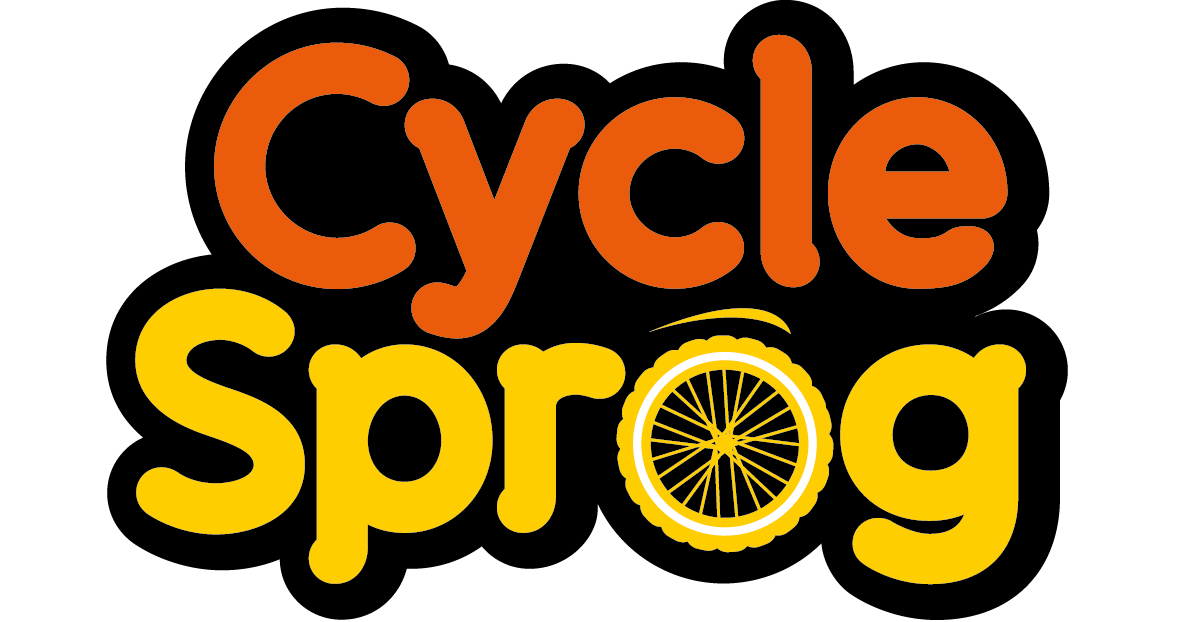
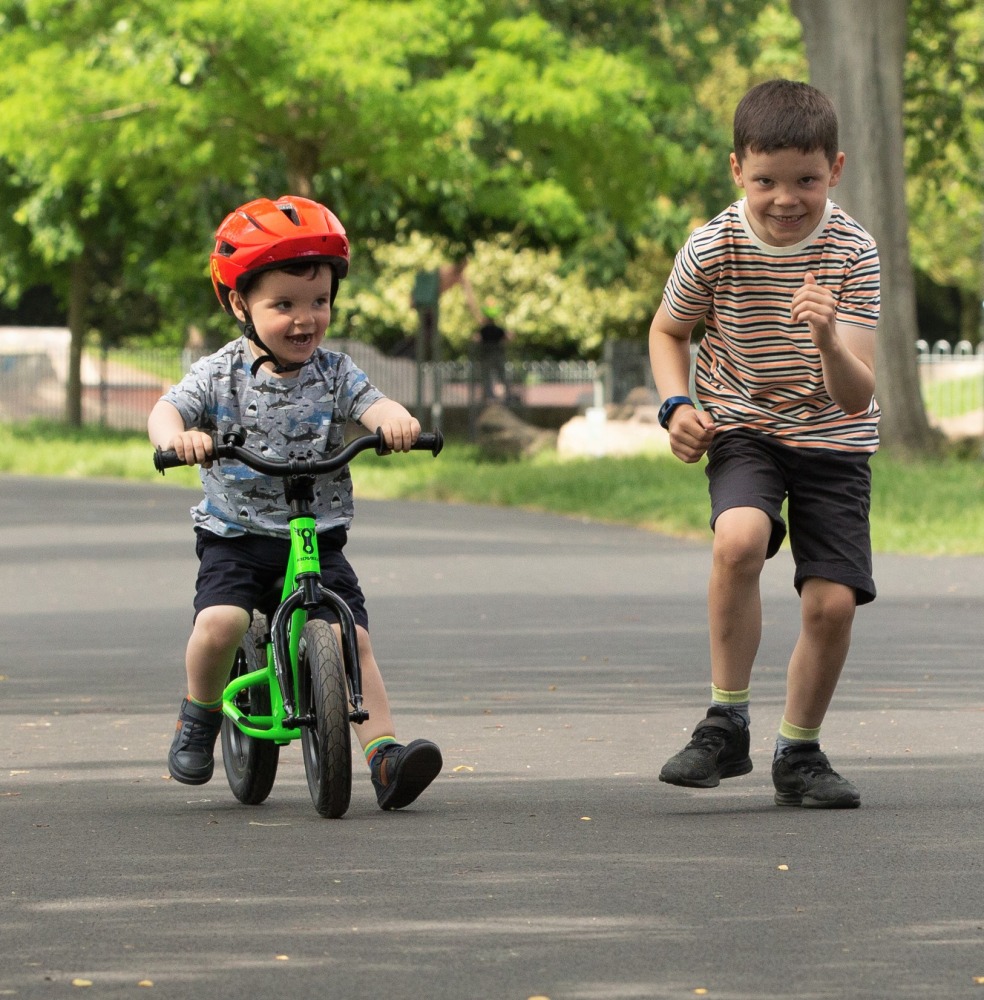
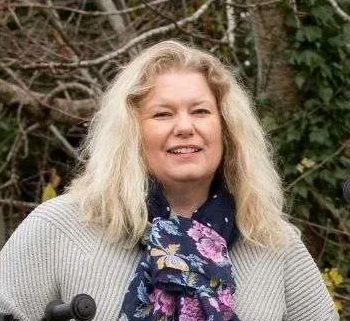
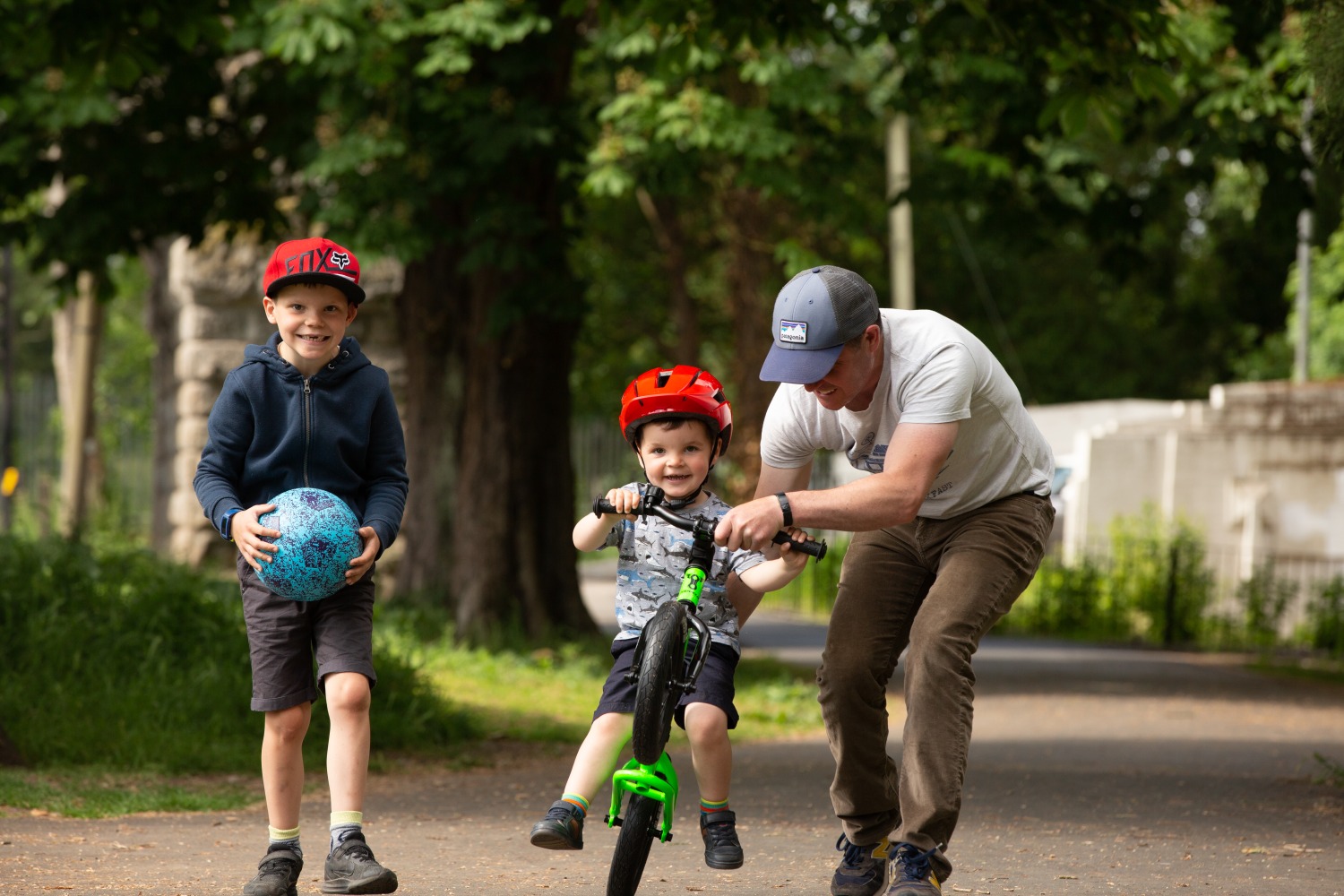
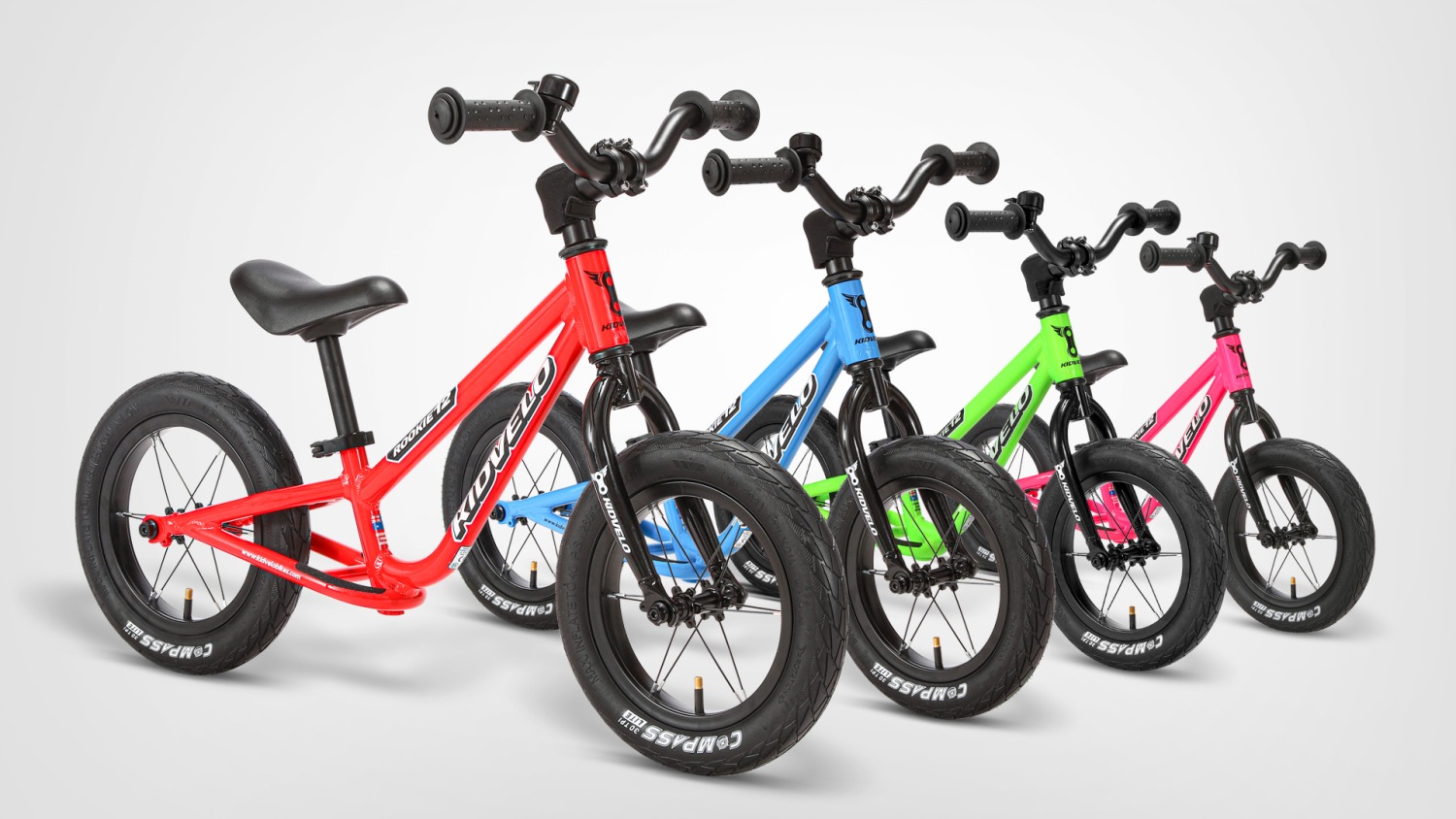
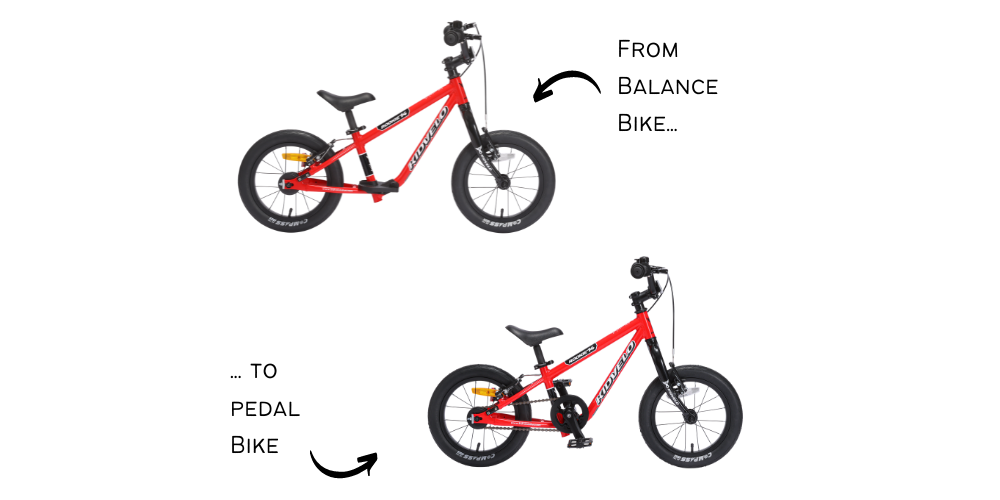
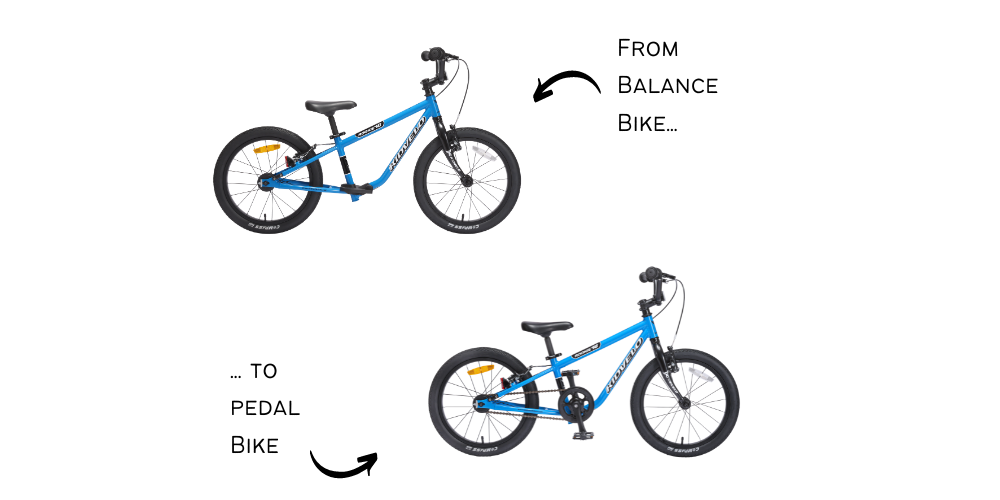
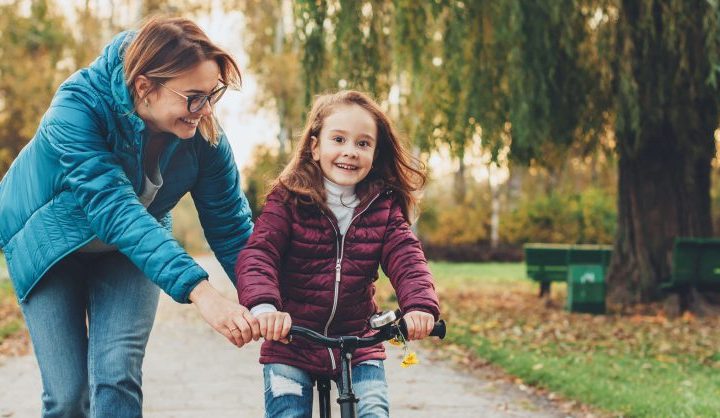
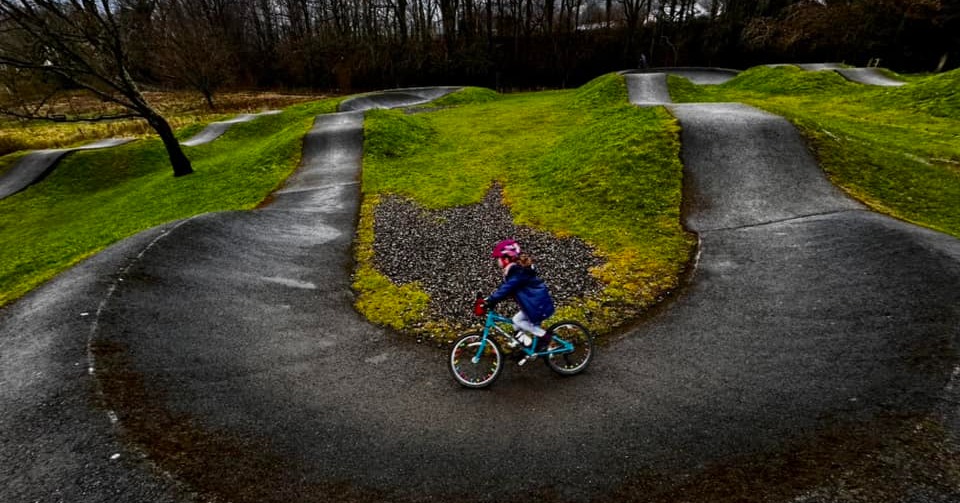
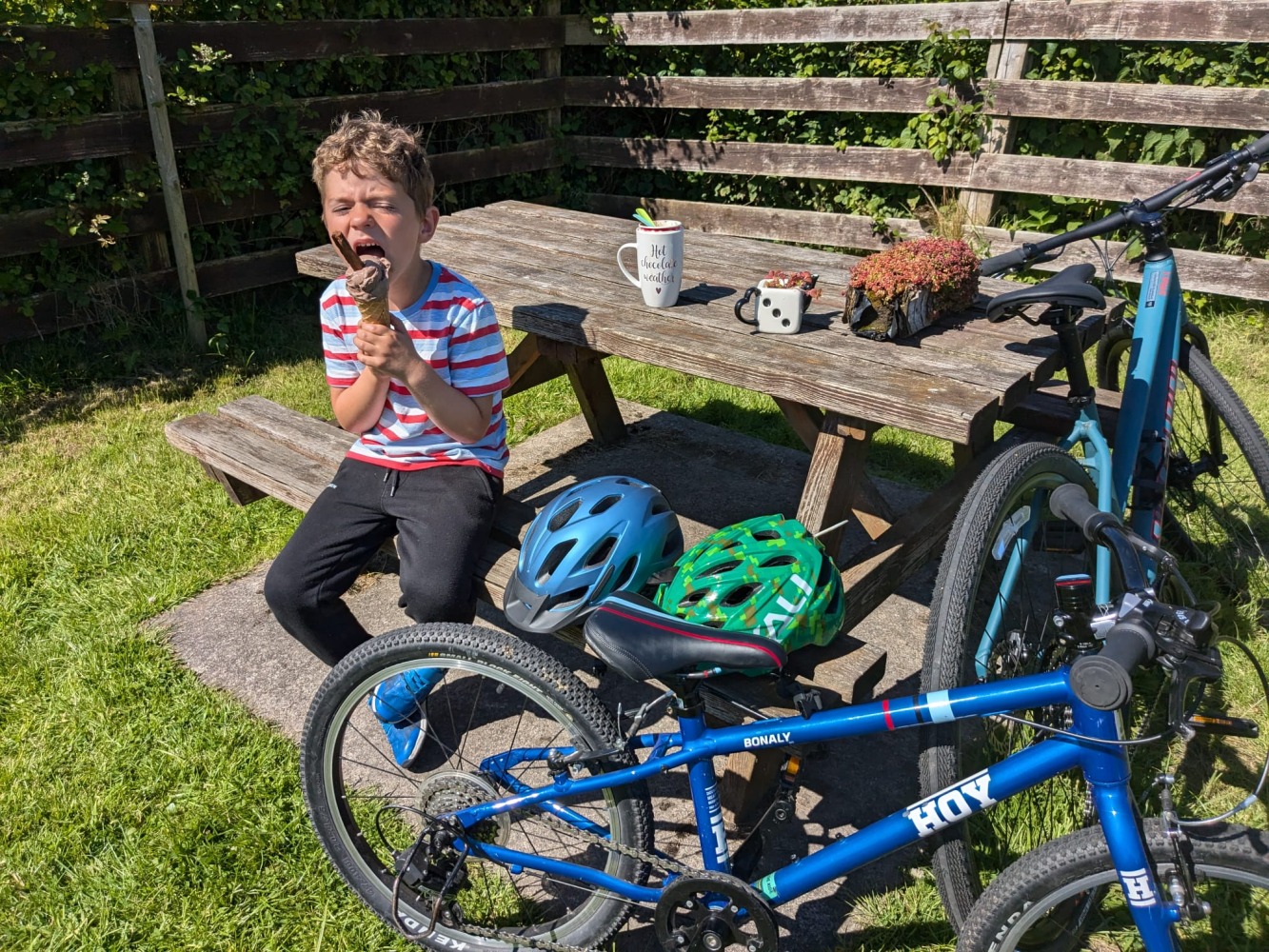

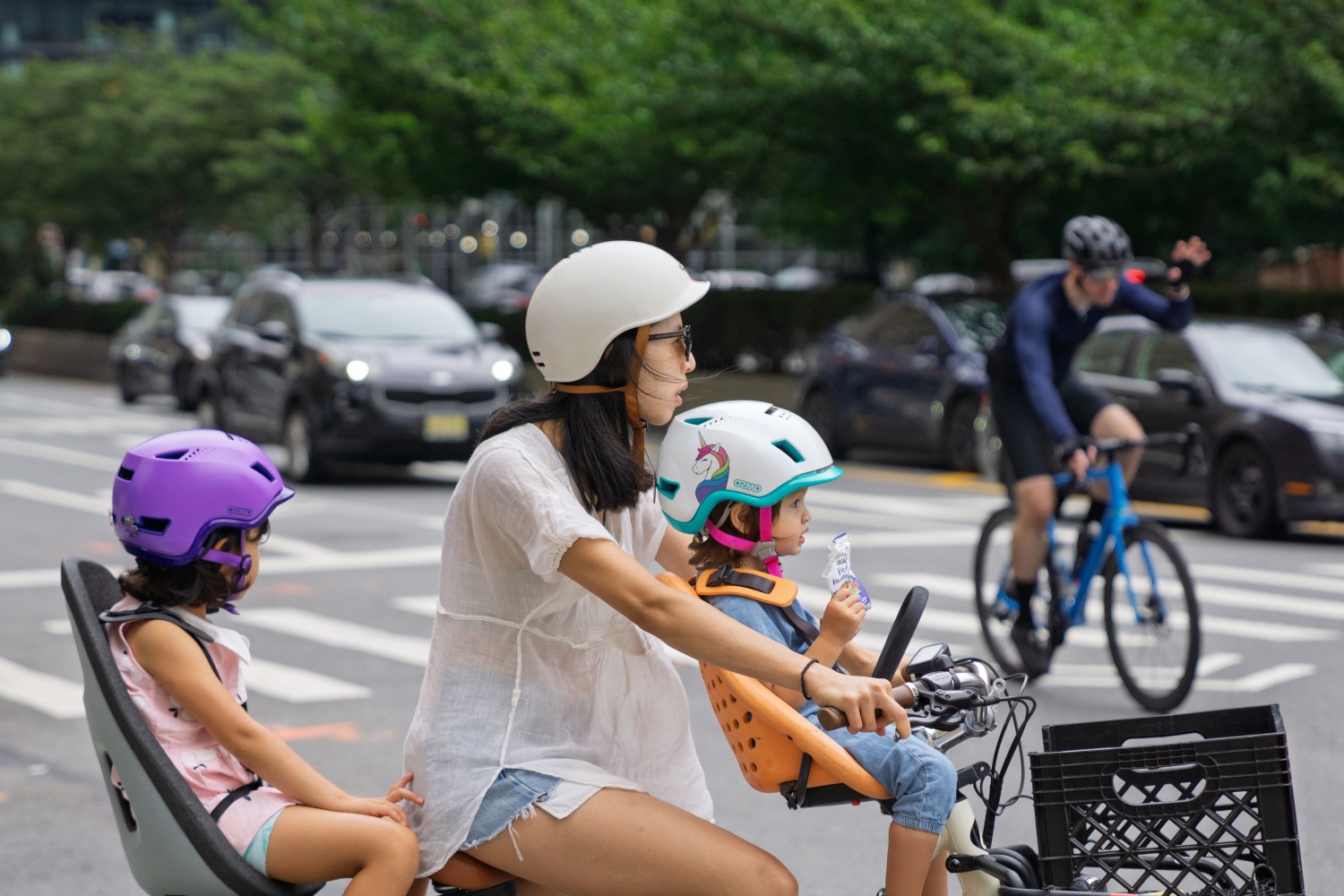

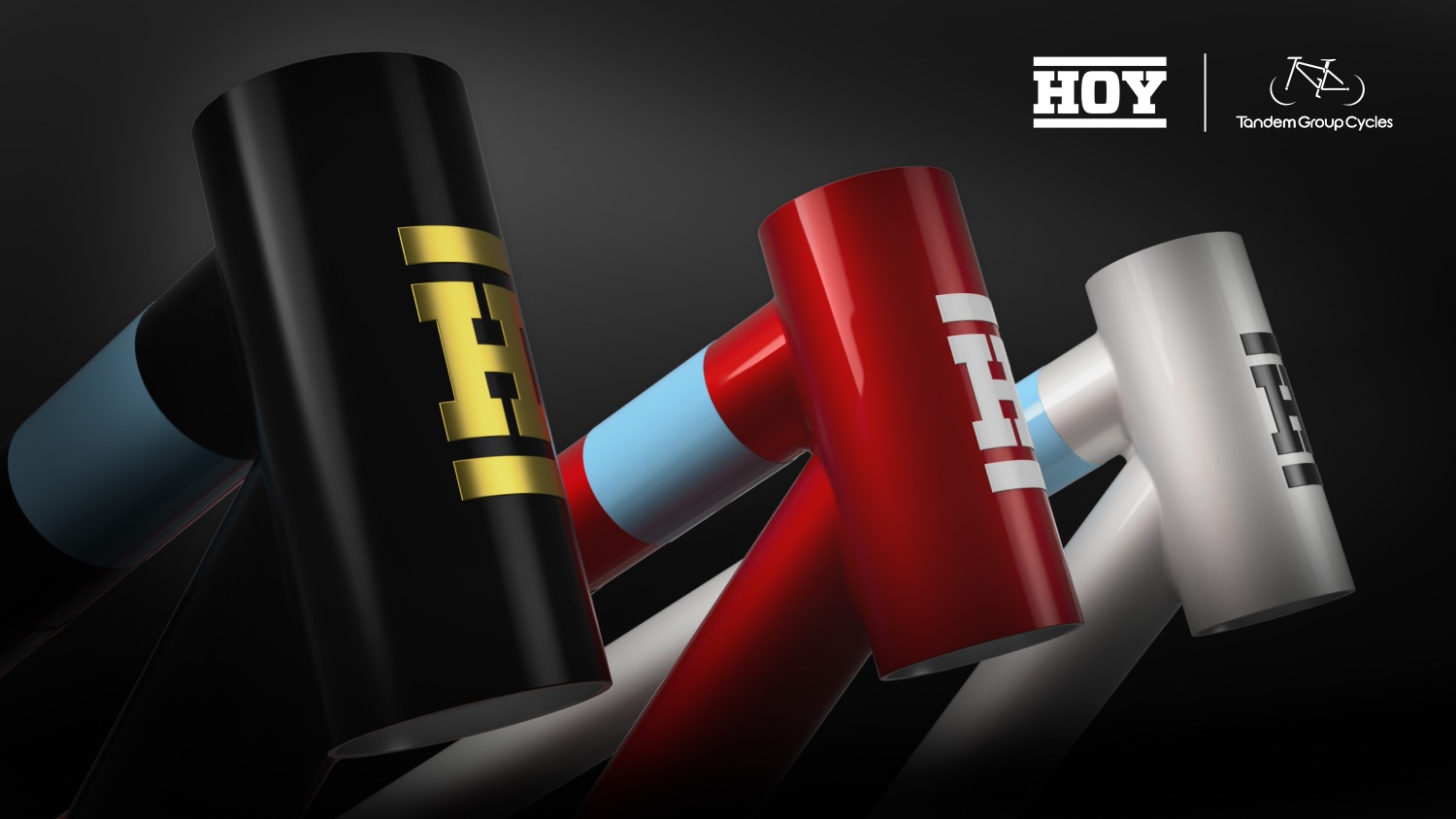
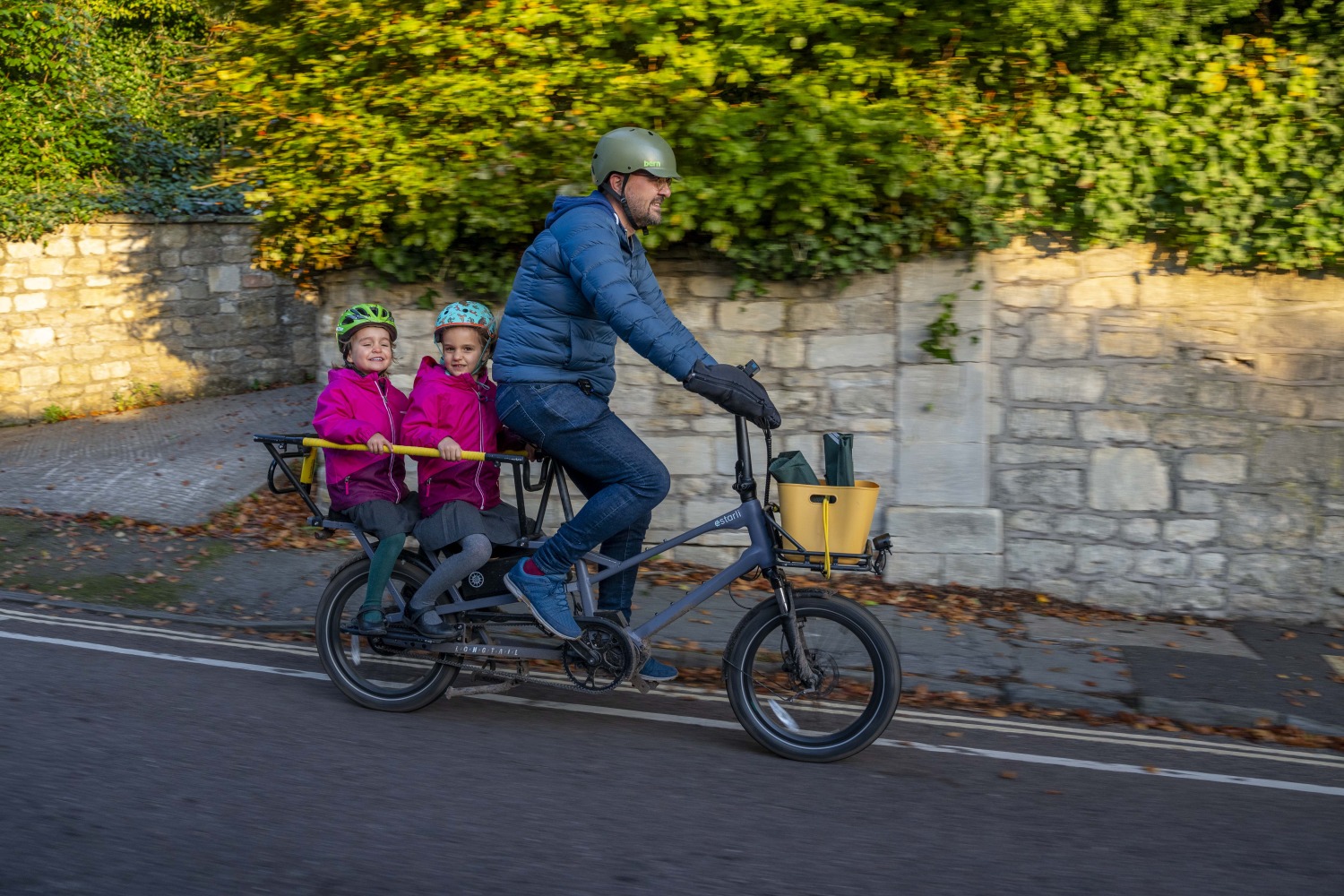
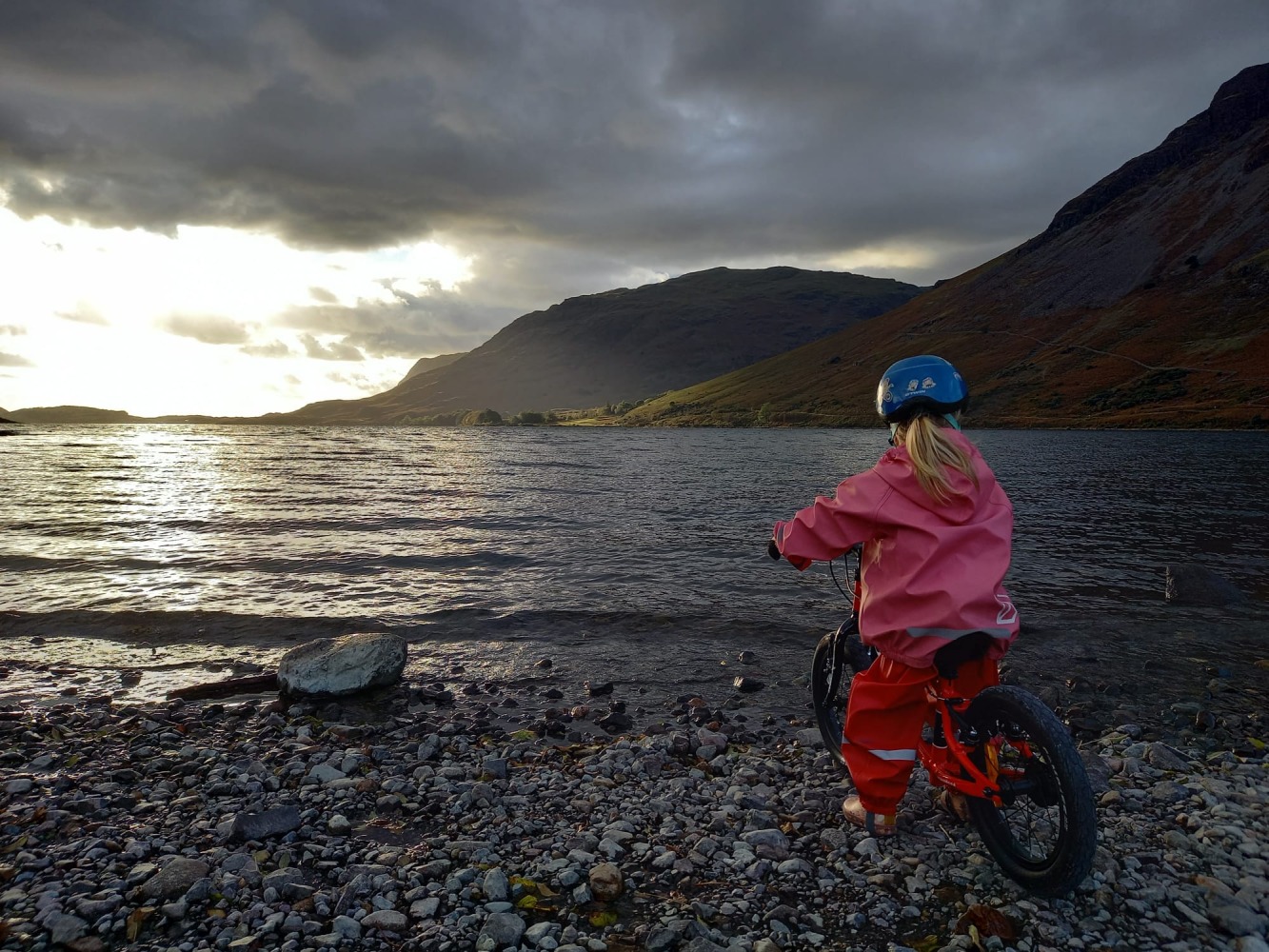
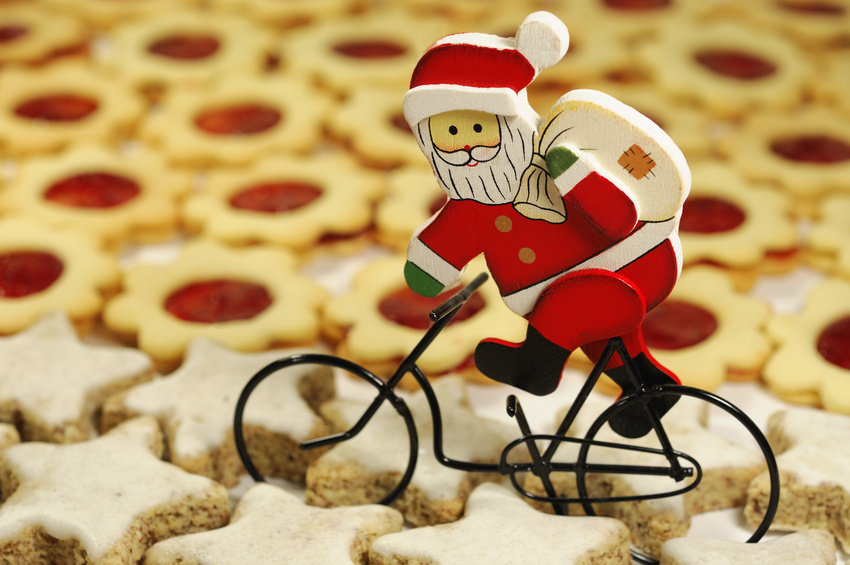
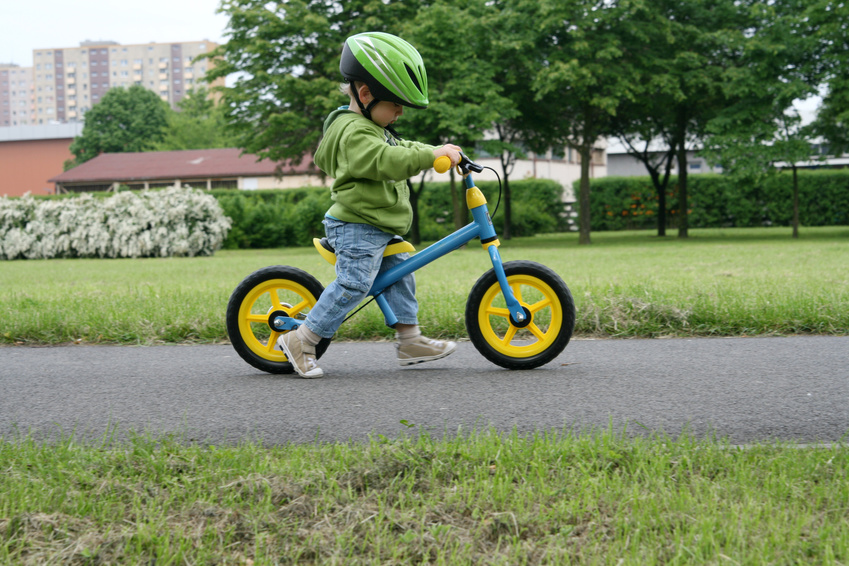
Comments